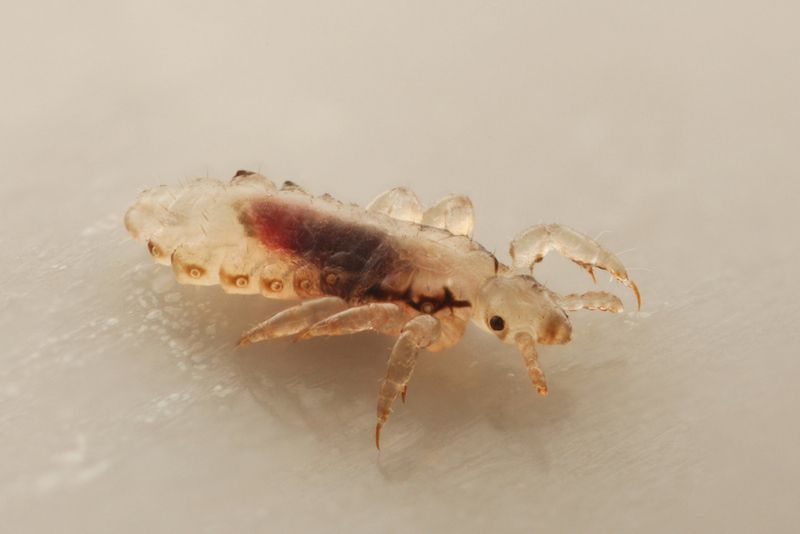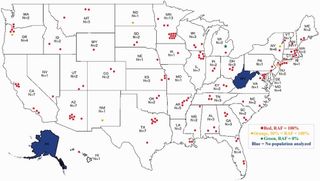Almost All Lice Are Now Resistant to Over-the-Counter Treatment

The vast majority of head lice in the United States are now resistant to most over-the-counter treatments, meaning that it's now especially difficult to vanquish the tiny blood-sucking parasites, a new study finds.
Researchers found that head lice (Pediculus humanus capitis) in 42 of the 48 states studied carry an average of three genetic mutations that make these bugs impervious to popular over-the-counter anti-lice remedies. In the remaining six states, the lice had zero, one or two of the three mutations, on average, the researchers reported in the study, published online March 31 in the Journal of Medical Entomology.
Moreover, a detailed analysis showed that 98.3 percent of the genes involved in these mutations were, in fact, mutated in a way that helped the lice survive the most popular treatments, the researchers found. [The 10 Most Diabolical and Disgusting Parasites]
"What it's telling us is that, right now, these over-the-counter products aren't nearly as effective as they used to be," said study principal investigator John Clark, a professor of environmental toxicology and chemistry at the University of Massachusetts Amherst.
Clark, who studies the effects of insecticides on the brain, started researching lice after hearing that people were having trouble getting rid of the insects. He and his colleagues reached out to school nurses across the country, and asked them to collect samples of head lice that could be used for the study.
In all, the researchers got samples from 138 sites within 48 states (Alaska and West Virginia were not included). In most states, the samples came from urban, suburban and rural schools, which helped the researchers understand how much lice resistance had spread, Clark said.

Louse mutations
Lice are insects, and in the past, over-the-counter insecticides killed lice by causing louse muscle paralysis and death. But now, lice with one or more of those specific mutations in their DNA can survive these insecticides, and pass the mutations onto their offspring, Clark said.
Sign up for the Live Science daily newsletter now
Get the world’s most fascinating discoveries delivered straight to your inbox.
The most popular lice treatments, which use insecticides called permethrins and pyrethroids, are now relatively useless, Clark said. But this newfound resistance isn't surprising, Clark said.
"There is nothing unique about lice becoming resistant to the pyrethroids," Clark told Live Science. "We have over 300 different insects that have become resistant to the pyrethroids, and many of those insects became resistant by acquiring these mutations exactly as the head louse has done."
While over-the-counter treatments may not work, three new prescription-based treatments —Ulesfia, Natroba and Sklice —still show results, he said. So, "if you want an effective treatment, you're probably going to have to see your physician," Clark said.
The new study is very extensive and well-done, said Coby Schal, a professor of entomology at North Carolina State University who was not involved in the research.
"They've gotten samples from all over the United States, which is tremendous," Schal said. "That's actually quite difficult to do."
Schal added that the prescription-based treatments give people "a little bit of breathing room, but the arms race between us and these insects — in this case, the lice — will continue, and I know who will win."
The study was paid for, in part, with money from Sanofi Pasteur, the company that makes Sklice. But the funder was not involved in the design, management or data interpretation, the researchers said.
Original article on Live Science.

Laura is the archaeology and Life's Little Mysteries editor at Live Science. She also reports on general science, including paleontology. Her work has appeared in The New York Times, Scholastic, Popular Science and Spectrum, a site on autism research. She has won multiple awards from the Society of Professional Journalists and the Washington Newspaper Publishers Association for her reporting at a weekly newspaper near Seattle. Laura holds a bachelor's degree in English literature and psychology from Washington University in St. Louis and a master's degree in science writing from NYU.
Most Popular

